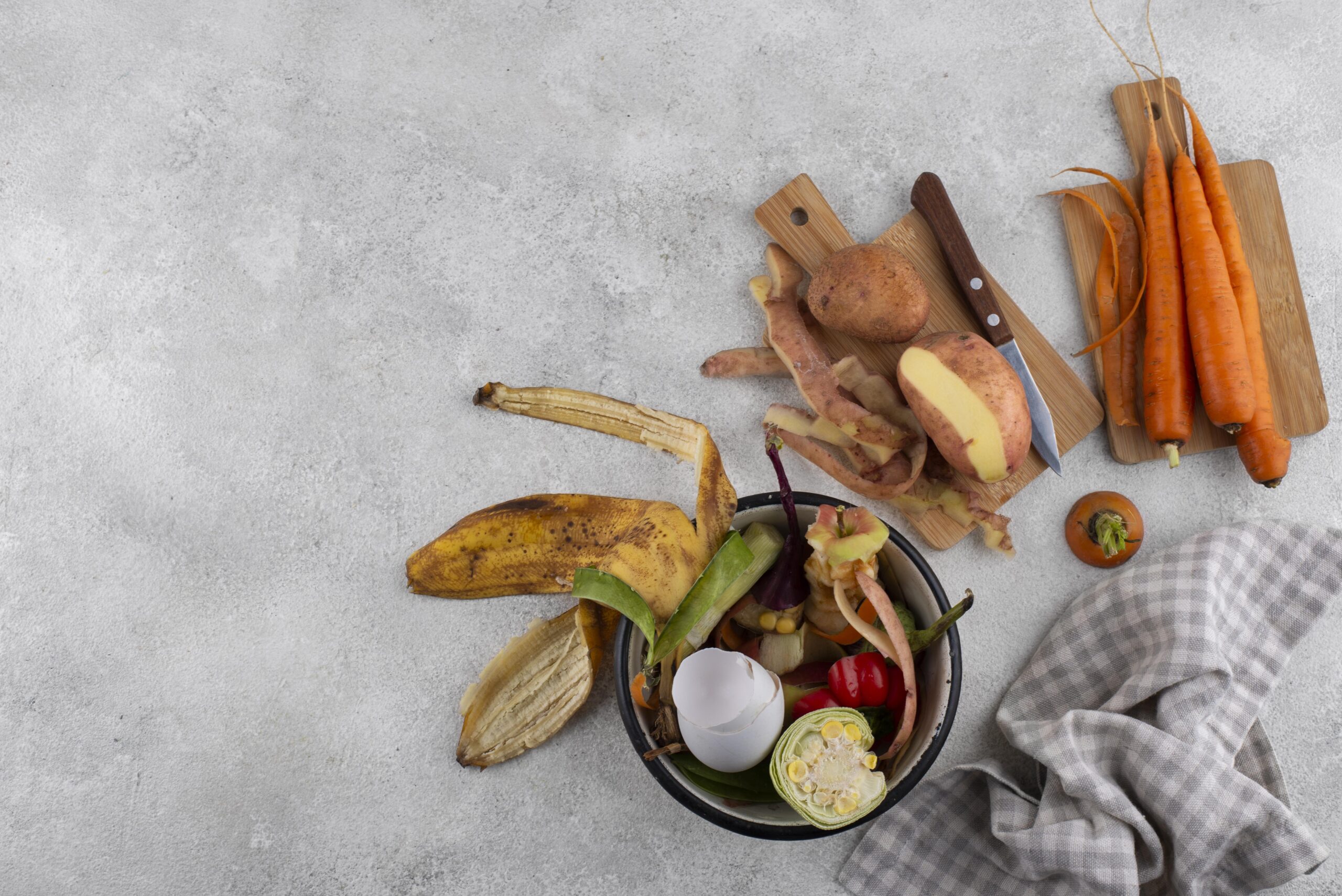
Using cooking methods that involve zero waste can be very beneficial. Currently, food waste is a significant issue, with the average family of four discarding food worth around $1,350 to $2,275 every year. One way to have this problem effectively tackled at home is by practicing zero-waste cooking, which focuses on making use of ingredients efficiently and minimizing waste in the kitchen.
Also, restaurants are stepping up sustainability efforts by making the most of their resources to reduce waste. From kitchen scraps to leftover food on guest plates, the food and beverage industry generates significant waste, but with mindful practices, this can be minimized.
This article will explore the concept of zero-waste cooking and will provide practical steps that will help you in your zero-waste journey.
Zero waste cooking involves maximizing the use of all ingredients and donating any extras instead of throwing them away. You can practice zero-waste cooking in your home. With some planning and effort, minimizing food waste and creating a more sustainable kitchen would become a reality.
In Restaurants, this means minimizing trash by fully using ingredients or composting leftovers in order to keep waste from reaching landfills. Basically, the core principles of zero-waste practices include consumption, reusing materials whenever possible, and cutting down on landfill waste.
One amazing thing about zero-waste cooking is that it benefits many people and places—families, communities, and the planet.
Reducing waste isn’t just beneficial for the environment and your home—it can also positively impact your business by cutting costs and promoting sustainability.
Many customers want to be sure that the restaurants they choose are not harming the planet or contributing to food waste. Demonstrating a commitment to sustainability can help attract eco-conscious diners and build a positive reputation.
Every small step you take each day can gradually aid you in the transition towards a zero-waste approach. Below, I have outlined some basic steps on how you can run a zero-waste restaurant.
This approach involves you stocking up on only the ingredients your restaurant will use and serve to guests, and nothing more.
By implementing a food waste inventory, you can assist with tracking how much food is being wasted and identify areas that require improvement. With this manager can determine which items are being consumed more and the ones that may need to be taken of the menu.
Plus, working with kitchen staff to come up with a menu that maximizes the use of every ingredient can help in reducing waste.
Try connecting with distributors and producers that can supply products in a zero-waste manner. Some vendors already have sustainable programs in place, while others may be open to working with you in order to align with your values.
From bakers to farmers, try reaching out to local suppliers and explore ways that you can make adjustments to their packaging in order to support your sustainability efforts.
For instance, some zero-waste supplier delivers baked goods using reusable plastic bins, while dry ingredients and vegetables come in jars that are transported via bicycle services.
Making use of smaller plates in restaurants or buffets has been seen to reduce food waste by limiting portion sizes and increasing the likelihood that customers finish their meals. With this strategy, kitchen staff get to create the appearance of a full plate while making use of fewer ingredients.
Additionally, smaller plates can give customers the impression that they have eaten more, making them more satisfied while minimizing excess food waste.
Sort extra ingredients in your kitchen and leftover food from customers’ plates into collection bins for composting at a commercial facility. The compost generated from your restaurant can be repurposed as fertilizer for an in-house herb garden or donated to a local farm.
For hard-to-recycle waste, try to work with companies that collect and transform recyclable materials into alternative products like shoe soles, athletic wear, and other sustainable goods.
Here are some effective tips to help you create a zero-waste kitchen and cooking.
Reducing waste in the kitchen is a journey that starts with small, mindful changes. By planning meals, storing food properly, and making sustainable choices, you can create an eco-friendlier and more cost-effective kitchen. Every step counts toward a zero-waste lifestyle.